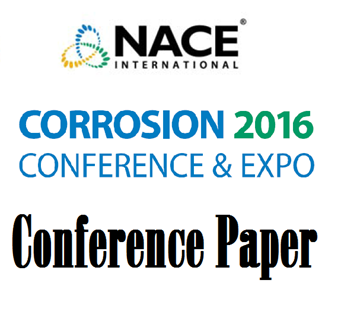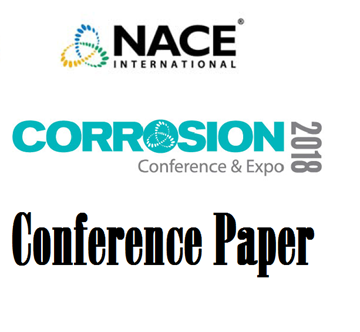Search
Products tagged with 'double cantilever beam'
View as
Sort by
Display
per page
51316-7155-Effect of Sidegroove Root Configuration on Edge Fracture on DCB Test
Product Number:
51316-7155-SG
ISBN:
7155 2016 CP
Publication Date:
2016
$20.00
51316-7203-The Effect of Notch Configuration on NACE TM0177 DCB Elastic Compliance and Recommendations for Futu
Product Number:
51316-7203-SG
ISBN:
7203 2016 CP
Publication Date:
2016
$20.00
51318-11129-The effect of side-groove configuration on NACE TM0177 DCB elastic compliance
Product Number:
51318-11129-SG
Publication Date:
2018
$20.00
51318-11229-Sour Service Fitness for Purpose Testing of Linepipe using Full Ring 4-pt BB and Large DCBs
Product Number:
51318-11229-SG
Publication Date:
2018
$20.00
Effect of DCB Side Groove Geometry on KIssc Results
Product Number:
51323-19469-SG
Publication Date:
2023
$20.00
Effect of Side Groove Geometry on Crack Propagation Behavior and K1SSC in DCB Test
Product Number:
51321-16341-SG
Publication Date:
2021
$20.00
NACE TM0177-2005, Laboratory Testing of Metals for Resistance to Sulfide Stress Cracking and Stress Corrosion Cracking in H2S Environments
Product Number:
NACE TM0177-2005
Publication Date:
2005
$179.00
Optimization of Side-Groove Configuration On DCB Test
Product Number:
51317--9102-SG
ISBN:
9102 2017 CP
Publication Date:
2017
$20.00








